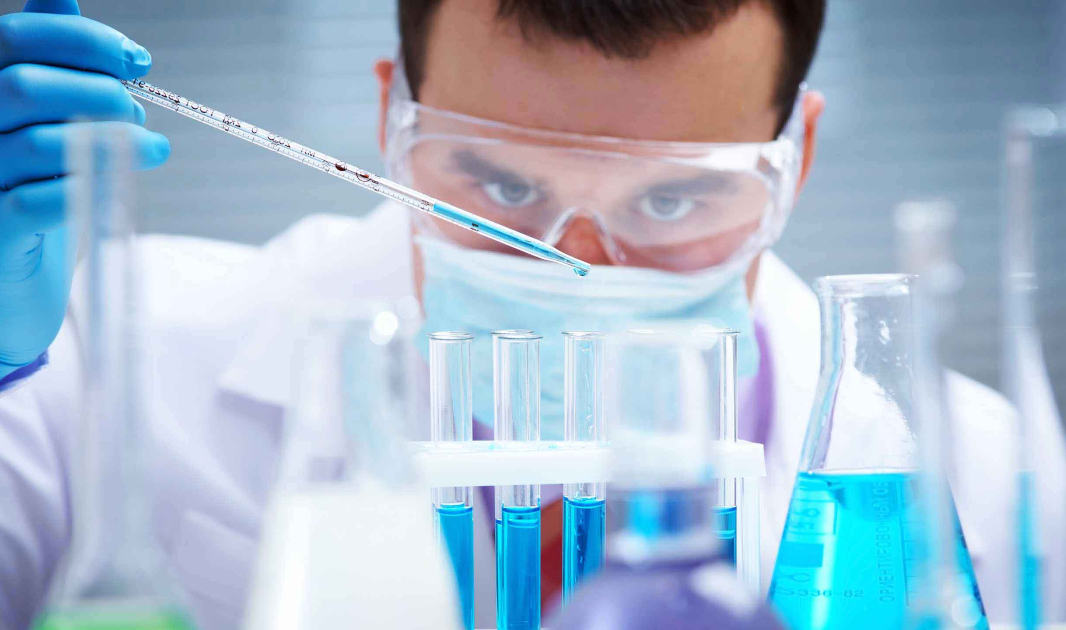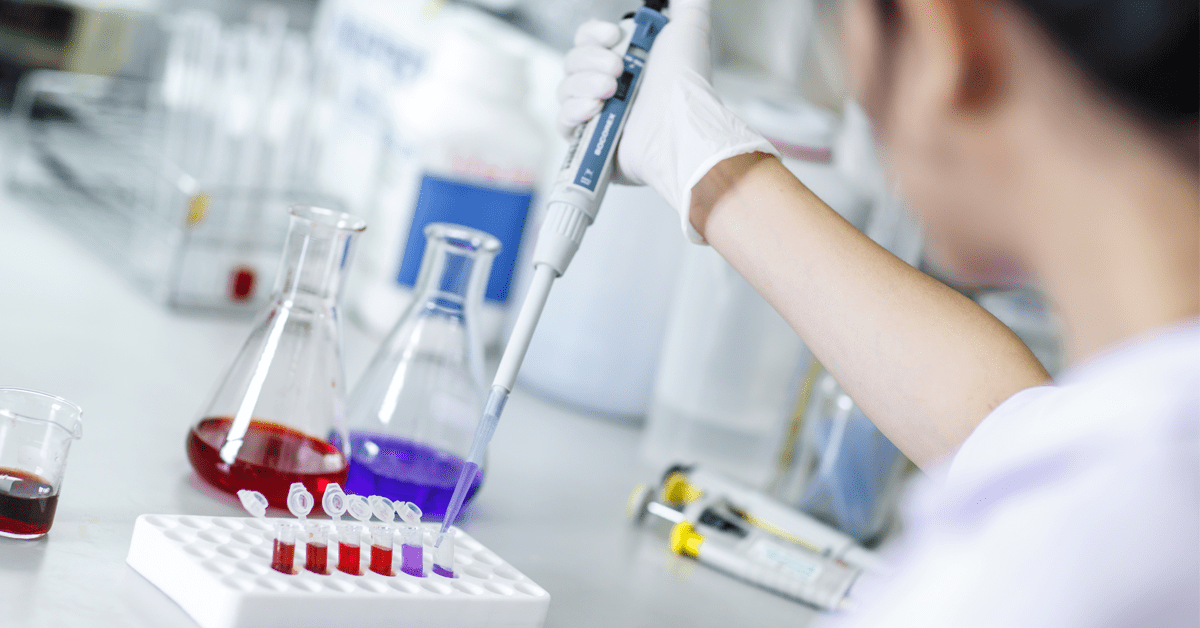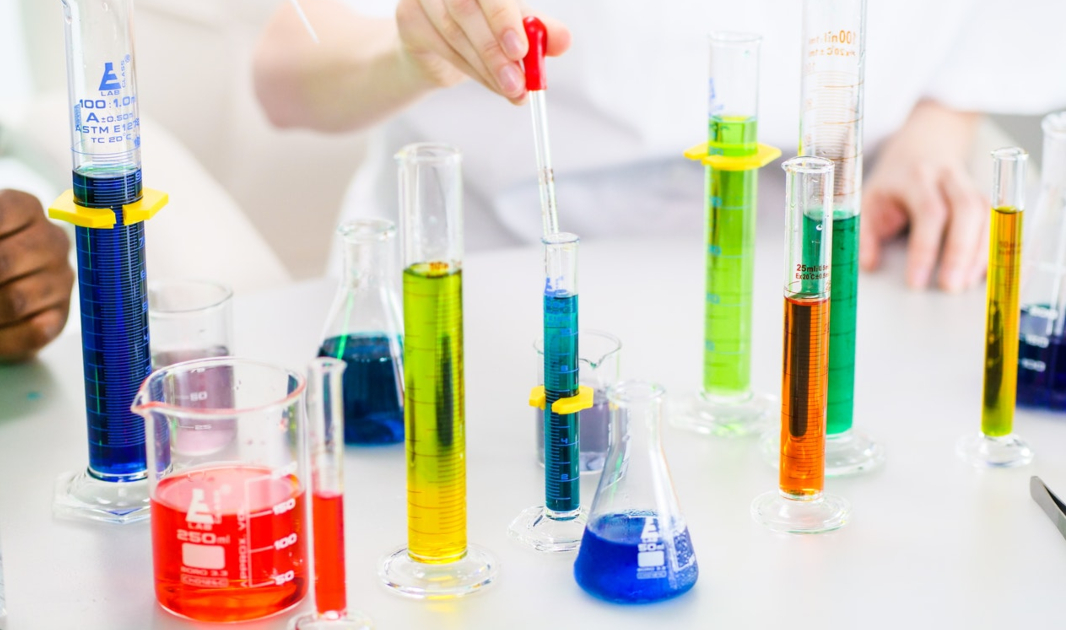Careful handling, storing, and good laboratory practices in the use of laboratory chemicals will significantly reduce the occurrence of spills.
However, despite laboratory best practices, chemical spills are not uncommon. Luckily, most chemical spills can be safely cleaned up by trained laboratory personnel.
When a chemical spill does occur, it is essential that you are aware of the steps necessary to manage the spills carefully and efficiently.
1. Preparation
The most crucial step to safely and efficiently handle a chemical spill is preparation. Your Standard Operating Procedures for each chemical in your lab should list:
- the health and environmental hazards
- the appropriate personal protective equipment that should be worn
- first-aid procedures
- clean-up procedures
- emergency procedures
The checklist should be stored in an easily accessible location in the laboratory. These serve as an emergency response plan for lab spills and help tremendously in the hour of need.
An essential step in preparation is ensuring that all laboratory personnel has received the required training in the correct handling and storage of chemicals used in the lab and are confident in managing chemical spills.
Finally, the laboratory should be stocked with a spill kit that contains the appropriate equipment and reagents for cleaning up. The kits should contain absorbents, neutralizer compounds, PPE, waste disposal bags, and/or bins.
2. Assessment of the Spill
All chemical spills are different. A knowledgeable assessment of the hazard level depends on several factors including identification of the actual chemical, quantities of material spilled, the location where the spill occurred, and the amount of ventilation in the area.

3. Communication
First and foremost, it is important to remain calm and ensure that all laboratory personnel are moved away from the area while the appropriate response is determined.
In the case of a minor chemical spill that poses no health threat, laboratory personnel in the immediate area of the spill should be alerted. As outlined in the relevant SOP, the appropriate laboratory manager, safety officer, safety team and/or emergency services should be notified immediately.
This article will concentrate on the eight steps involved in managing a minor chemical spill. However, in the unlikely event that a major chemical spill has occurred, the laboratory and/or building should be evacuated, and emergency services notified. If laboratory personnel were contaminated the nearest emergency eyewash or safety shower needs to be located, any contaminated clothing removed, and all areas of the body flushed with copious amounts of water.
4. Control of Spill
The first step in cleaning up a chemical spill should involve the control and containment of the spill. Before commencing the clean-up of a chemical spill, all personnel must be wearing the appropriate PPE including safety goggles, gloves and long-sleeve lab coats.
- The source of the spill should be identified and contained by turning off taps or by stopping the main source for any spills caused by leaks.
- The spill should be contained from spreading by making a barrier using absorbent materials around the outside edges of the spill.
- If the substance is volatile or can produce vapours or airborne dust, close the lab door and increase ventilation to the area, if possible.
5. Clean-Up
For most chemicals not listed below, clean-up of minor spills can be handled using the appropriate spill kit or absorbent material such as vermiculite, dry sand, or cat litter. The residue should be collected and placed in the appropriate chemical waste disposal container.
6.Acid
Handling of acid spills should use the appropriate kit to neutralise and absorb the inorganic acids and bases. Acids can be neutralised with soda ash or sodium bicarbonate whereas bases can be neutralised with citric acid or ascorbic acid. Following neutralisation, the pH of the spill should be checked to ensure that the spill has been neutralised. In most cases, once an acid or base spill has been neutralised, the spill can be mopped up and rinsed down the drain. Otherwise, the spill should be absorbed using the appropriate absorbent material which can then be disposed of in the chemical waste container.
7. Biological Spills
Many laboratories deal with many biohazards including body fluids such as blood, urine, tissues or organs, cell cultures and microorganisms. The appropriate PPE is particularly important when cleaning up biological spills to prevent contact with contaminated surfaces and protect from exposure to splattered materials.
- The spill is covered with paper towels or absorbent pads.
- Decontaminate using a freshly prepared 10% (vol./vol. w/water) dilution of household bleach or hospital-grade disinfectant- careful to avoid splashing.
- Allow it to sit for 15 minutes.
- Use paper towels or other absorbent material to wipe up the spill.
- Further, clean the spill area with fresh towels soaked in disinfectant.
- Dispose of the towels and/or absorbent material in the biohazardous waste container.
8. Flammable Liquids
Before commencing handling of the flammable liquid spill, it is important to ensure the removal of all potential sources of ignition. Vapours tend to accumulate near the ground and it is essential that the area is properly ventilated. Flammable liquid spills are best cleaned-up with the use of spill pads that are backed with a vapour barrier. Flammable liquids will normally be disposed by incineration, and as such clean-up procedures should avoid using inert absorbents such as cat litter. All absorbent materials used in the clean-up should be disposed of in heavy-duty poly bags, which are labeled.
9. Mercury Spills
Mercury spills are normally considered minor, nonhazardous spills unless the spill occurs in a poorly ventilated area. The area where the mercury spill has occurred should be cordoned off to prevent further dispersal of the spill.The mercury spill can be cleaned up using a special absorbent that amalgamates the smaller mercury droplets. Use of this method allows the mercury to be collected and immediately ready for use again.
10. Radioactive Spills
Absorbent material such as paper towels should be placed over the radioactive spill. Using forceps, the contaminated towels can be gathered and placed in a radioactive waste disposal bag. The spill area, hands, shoes, and other PPE should be monitored for contamination with a Geiger counter. The clean-up is repeated until the contamination is no longer detectable. Keep in mind that extra caution needs to be exercised to prevent the spreading of the radiation beyond the spill area during the clean-up.
11. Volatile Toxic Compounds
The use of spill pillows or similar absorbent material is usually the preferred method for cleaning up volatile chemicals as they do not have dust associated with cat litter or vermiculite. Place all used absorbent materials in heavy-duty poly bags, which are sealed and labelled.
12. Disposal
The neutralized spill residue or the absorbent should be scooped or swept and placed into a plastic bucket or another container. The residues from dry powders or liquids which have been absorbed should be double-bagged. Following cleaning up the chemical spill, the residues/wastes should be placed in the appropriate hazardous waste bin. All clean-up materials must be separate from normal trash. Descriptive labels outlining the type of waste should be placed on each container.
13. Decontamination
For most chemical spills, conventional cleaning products will be able to provide adequate decontamination. Specialized laboratory detergents are available that provide a higher level of decontamination and cleaning. Besides ventilation of the area where the spill occurred may be necessary.
14. Documentation
After the chemical spill has been cleaned up and the area decontaminated, incident documentation should be completed. All personnel involved in the spill and clean-up should be debriefed, lessons learned identified, and procedures reviewed and improved.

FAQs
Q. Should chemical spills be cleaned up immediately?
Yes, chemical spills must be cleaned up immediately in accordance with the Hazardous material spill safety guidelines because these spills have the ability to cause serious damage to you and your lab.
Q. What are the 5 Cs of spill response?
The 5 Cs that make up the emergency response plan for lab spills include:
- Controlling the source of the spill;
- Containing the spill
- Isolating the area concerned (if required)
- Contacting the authorities (if required)
- Cleaning up the spill in the lab
Q. How do you safely clean up a chemical spill?
For inorganic acids and bases, neutralization and absorption kits are recommended. For other types of chemicals, either specialized kits or sorbent materials such as vermiculite or dry sand may be used to absorb the spill. Once the spill has been absorbed, the residue must be collected and placed in a clear plastic bag. In order to prevent further hazards, it is recommended to double-bag the waste and clearly label the bag with its contents.
What else are you looking to do?
Stay up to date with the latest news, ideas and insights from Evolve
We’re here to support you
Evolve is proud to be the fastest-growing science company in Malta. We offer a comprehensive range of scientific products and services, from supplying the latest microscopes to award-winning lab design and the turnkey installation of medical cannabis facilities.
Our work is shaped to suit you and your needs whether you work in pharmaceutical manufacturing, healthcare, semiconductor production, agriculture, medical cannabis, food science, police forensics, environmental monitoring, education or any other industry that requires scientific help.


